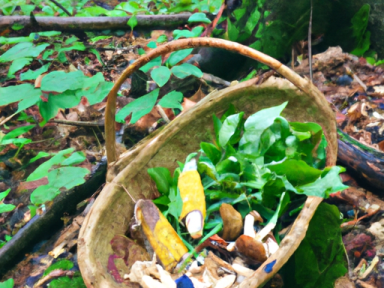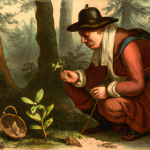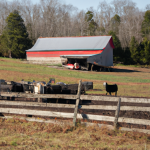
Food Foraging: A Vital Skill for Self-Reliance and Survival
When it comes to self-reliance and survival, having a vast knowledge of food foraging is an essential skill. In an unpredictable world, knowing how to identify edible plants and avoid dangerous ones can mean the difference between hunger and sustenance. In this article, we will explore the importance of safe food foraging practices and provide tips for successfully finding food in the wild.
1. The Importance of Food Foraging
Food foraging is more than just a hobby or interest. It is a vital skill that can provide sustenance in times of scarcity or emergencies. In a world where our food systems rely heavily on fragile supply chains, learning how to find and identify edible plants can solidify your self-reliance. By understanding the local flora and fauna, you gain the ability to sustain yourself and your loved ones with nature’s gifts.
In addition to being a practical skill, food foraging connects us to the land and teaches us to appreciate the abundance of resources Mother Nature provides. By deepening our connection with the natural world, we become more attuned to our surroundings and better equipped to survive in any situation.
2. Safe Food Foraging Practices
While foraging for food can be an exhilarating experience, it is crucial to approach it with caution and respect. Follow these safe food foraging practices to ensure your survival journey is both fruitful and safe:
- Educate Yourself: Invest time in learning about edible plants in your region. Study field guides, attend workshops, or join local foraging groups. The more knowledge you have, the greater your chances of success.
- Observe and Identify: Before harvesting any plant, spend time observing it in its natural habitat. Identify key features such as leaves, flowers, and fruit to ensure accuracy in identification.
- Start with the Basics: Begin by foraging for easily identifiable plants and ones that have no poisonous look-alikes. Examples include dandelions, plantains, and blackberries. Gradually expand your repertoire as you gain confidence and expertise.
- Avoid Polluted Areas: Be cautious when foraging near roadsides, industrial areas, or places where chemical spraying may occur. These locations could potentially expose the plants to toxins.
- Respect the Ecosystem: Harvest responsibly by only taking what you need and leaving enough to sustain the plant population. Never uproot an entire plant unless it is an invasive species.
3. Identifying Edible Plants
Knowing which plants are safe to eat is paramount in food foraging. While there are numerous edible plants, some commonly found ones include:
- Dandelion (Taraxacum officinale): The young leaves are excellent for salads, while the flowers can be used to make tea or syrup.
- Stinging Nettle (Urtica dioica): Boil the leaves to neutralize the stinging hairs and enjoy them as a nutrient-rich green.
- Burdock (Arctium lappa): The taproot and young leaves can be cooked and eaten, providing essential vitamins and minerals.
- Blackberry (Rubus sp.): Commonly found in the wild, blackberries offer a delicious and nutritious treat when ripe.
- Chickweed (Stellaria media): High in vitamins and minerals, chickweed is a versatile plant that can be eaten raw or cooked.
4. Avoiding Dangerous Plants
While there are many edible plants in nature, there are also dangerous ones that can cause illness or even death if ingested. Be sure to familiarize yourself with plants to avoid, such as:
- Poison Ivy (Toxicodendron radicans): Recognizable by its three leaflets, poison ivy can cause severe skin irritation and rashes.
- Hemlock (Conium maculatum): Often mistaken for wild carrots, hemlock is a deadly plant that affects the nervous system.
- Deadly Nightshade (Atropa belladonna): Recognized by its glossy black berries, this plant is highly toxic and potentially lethal.
- Water Hemlock (Cicuta spp.): Found near water sources, water hemlock is one of the most toxic plants in North America.
- Jimsonweed (Datura stramonium): Consumption of any part of this plant can lead to hallucinations, delirium, and even death.
5. Practice Makes Perfect
Remember, food foraging is a skill that requires practice and ongoing education. Take the time to familiarize yourself with the edible plants in your area and get hands-on experience. Dive into the world of food foraging, and you will discover a wealth of natural resources, connect with nature, and gain the confidence and knowledge necessary for self-reliance and survival.
Equip yourself with this vital skill, and you will be ready to face any challenge that comes your way. Start your journey of food foraging today and unlock the incredible abundance that nature has to offer.



GIPHY App Key not set. Please check settings